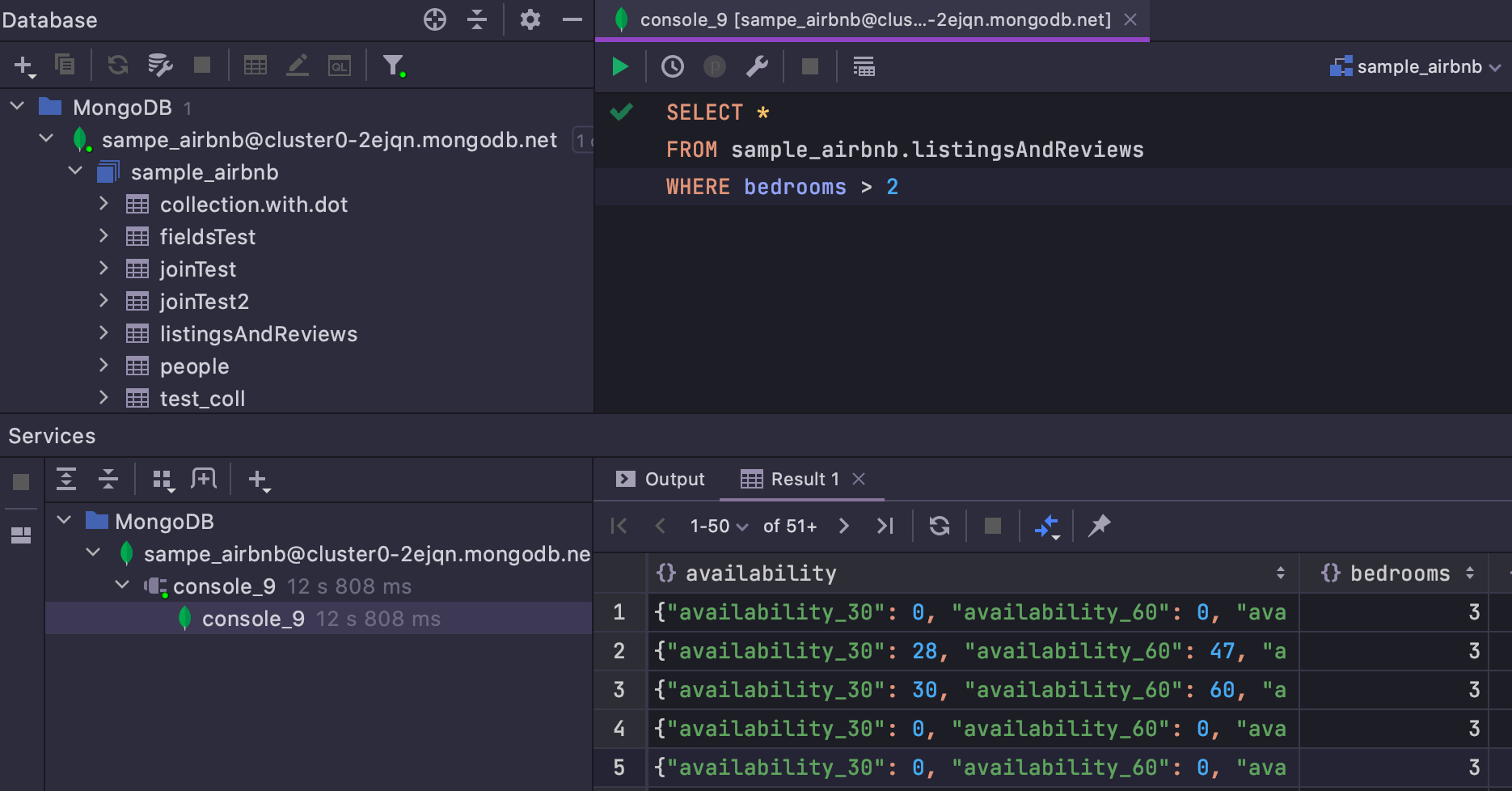
The reason for slow query performance can be inefficient JSON queries. Some JSON functions and operators may not be available in older PostgreSQL versions.Įnsure that you're using a PostgreSQL version that supports the JSON functionality you need. Instead of complete failure, the query will then return "Uncategorized" and you still get the values for which keys are present. To handle such situations more gracefully, you can use the COALESCE function or conditional logic to provide a default value when a JSON key is missing. To ensure your queries don’t fail entirely for a few missing keys, implement error handling in your queries. A single missing key in a large query can disrupt query execution and raise an error. Poor quality data results in random missing keys. While we fight this issue daily, lack of error handling in queries can cause errors. Error handlingĭata quality is an industry wide problem. Use tools like JSON viewers to visualize the JSON structure. Double-check the JSON path you're using in your queries, especially when dealing with nested structures. Examples of such error messages are - cannot extract elements from a scalar or JSON path not found. While it seems obvious, more often than you would want, specifying the wrong JSON path in your queries results in incorrect output or failed queries. By chaining these operators, you can navigate through nested JSON structures to retrieve the desired information. The -> operator returns a JSON object, and -> returns the value as text. Functions like ->, ->, #>, and #> can help access nested elements. It is important to use appropriate JSON operators and functions to navigate and query nested JSON objects and arrays. However, it can get a bit difficult to query nested JSON structures. Nested JSON structuresĪs shown in the tutorial, querying JSON columns is fairly straightforward. Here are some common troubleshooting steps and potential issues to watch out for when querying JSON columns. By addressing these common issues and best practices, you can improve your ability to work effectively with JSON data in PostgreSQL. Troubleshooting JSON column querying in PostgreSQL often requires a combination of SQL knowledge, understanding of JSON data structures, and careful query optimization. Troubleshooting JSON column querying in PostgreSQL can involve identifying and addressing issues related to data integrity, query performance, and syntax errors. Jsonb is a powerful tool for working with JSON data in PostgreSQL, especially when you need to query and manipulate complex JSON structures. WHERE employee_data - > 'department' = 'Marketing'

Find employees in the "Marketing" department SELECT * FROM employees Check if the employee has a skill in "Sales" SELECT * FROM employees Extract the employee's name SELECT employee_data - > 'name' AS employee_name Suppose you have a table called employees with a jsonb column named employee_data. jsonb_each(): Expands a JSON object into key-value pairs.jsonb_array_elements(): Expands a JSON array into a set of rows.Checks if a JSON document is contained within another JSON document.Checks if a JSON document contains another JSON document.#>: Extracts a JSON sub-object as text.#>: Extracts a JSON sub-object at a specified path.->: Extracts a JSON element by key or array index.Some commonly used functions and operators include:

You can query jsonb columns using various JSON functions and operators provided by PostgreSQL. It provides several advantages over the standard json type, especially when it comes to querying and indexing JSON data. It is an extension of the json data type. In PostgreSQL, jsonb is a data type used to store JSON (JavaScript Object Notation) data in a more efficient and optimized binary format. This query first type casts the value of preferences.beta from JSON to boolean and then filters the rows where it's true.


 0 kommentar(er)
0 kommentar(er)
